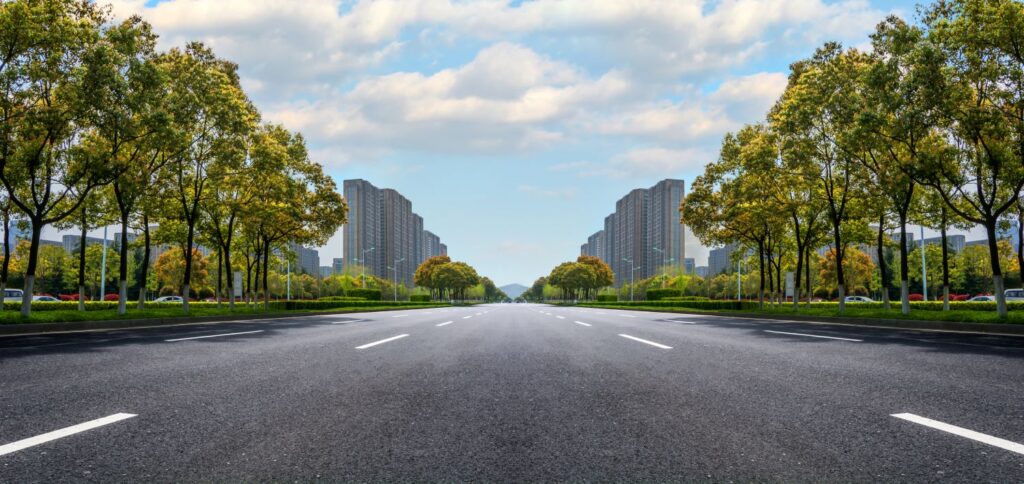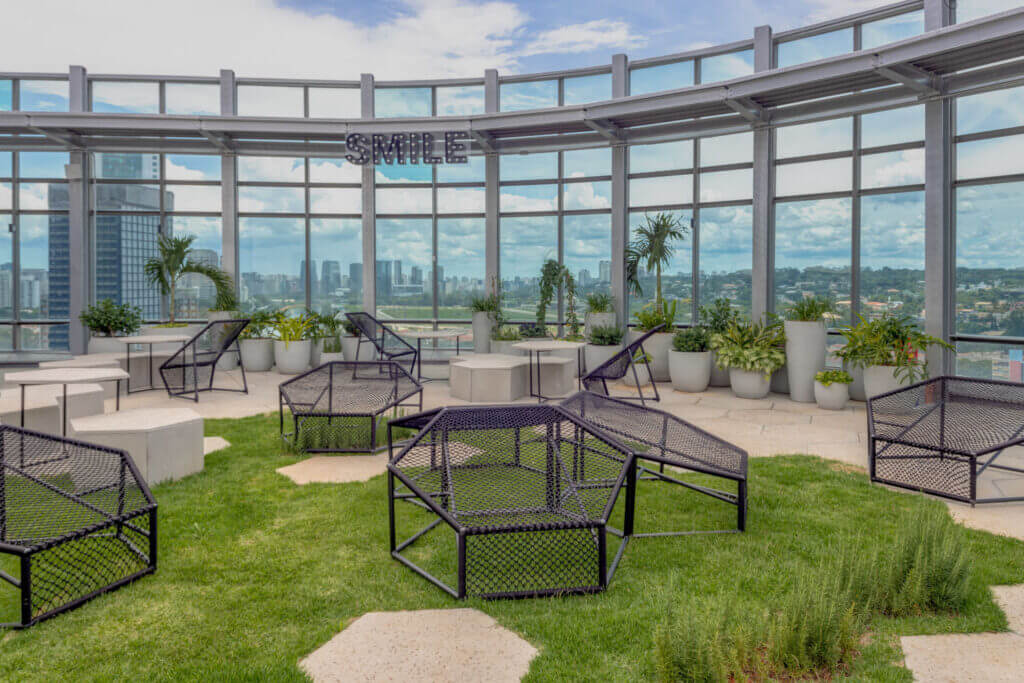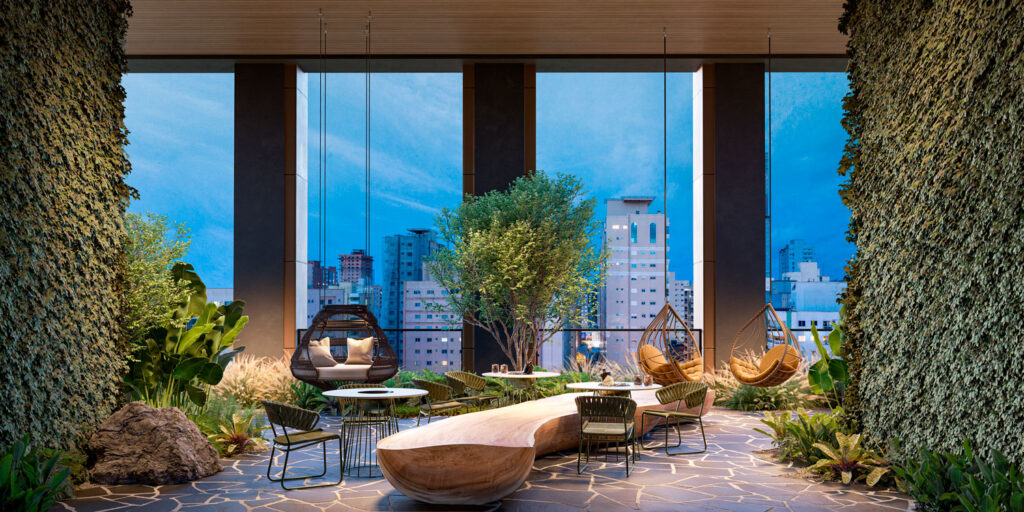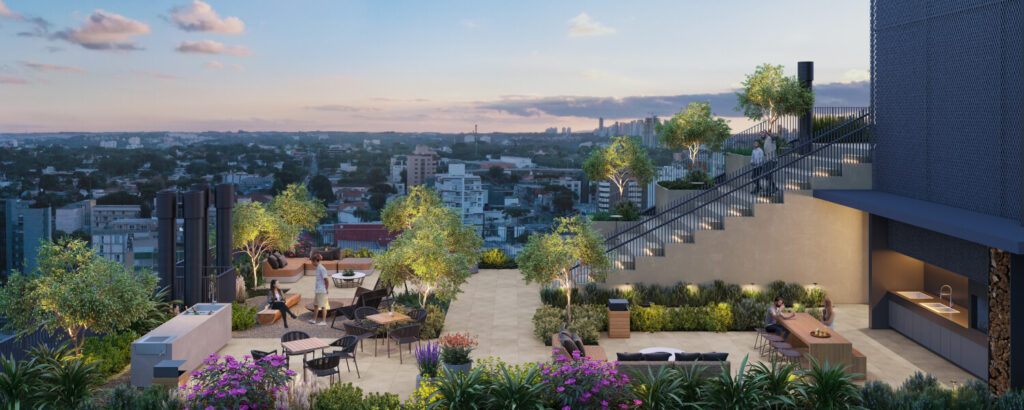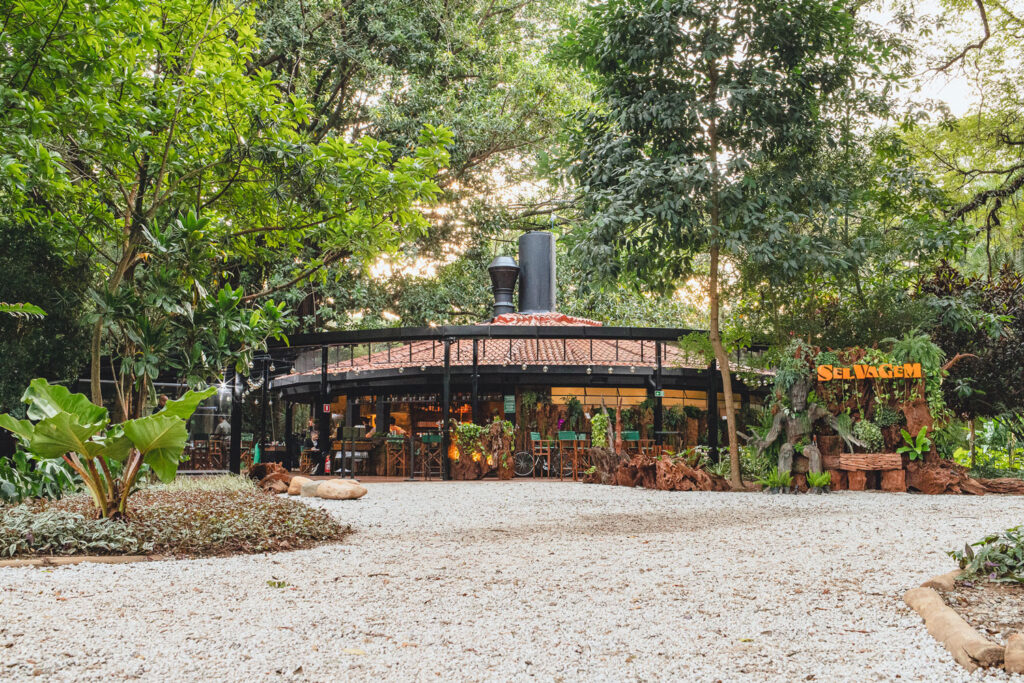Walking through the streets and listening to the birds singing in tall trees in the middle of the city instead of listening to the noise of vehicles is extremely cozy and calming, isn't it!? This is only possible thanks to urban afforestation!
In this content we will discuss what urban afforestation is and how it contributes to the well-being of the population of urban regions.
What is urban forestry?
In order to maintain the well-being of the population and contribute to the enrichment of nature in cities, urban afforestation is the green area planned by specialists from each municipality, who carry out an adequate strategy for each afforestation model.
Documentation based on the technical manual for urban forestry is necessary to verify what will be implemented in a safe, organized way and that provides an embellishment to the chosen environment. In order to decide on the location to be planted with trees, such as a public road, it is important to carry out an analysis of:
- the use of the area, if it was planned to serve more vehicles, large or small, in order to avoid accidents;
- the electrical networks installed on site;
- the setback size of residences and businesses;
- the size of the sidewalk;
- the size, diameter, period of growth and the fruits of the tree species that will be planted, in addition to the architecture of its crown so that the implementation is not harmful both for the installation area and for the tree itself.
The urban afforestation that is implemented in urban centers can be divided into some types, such as:
- tree-lined public roads;
- squares;
- gardens;
- woods;
- parques urbanos, como o Parque Ibirapuera, localizado na cidade de São Paulo e considerado um dos melhores do mundo.
The importance of afforestation
Urban afforestation is essential for the population to have a sense of well-being in the midst of regions that are taken by excessive vehicle sounds, congestion and pollution, also making the environment more pleasant to walk on sunny days.
In addition to being of great importance for mental health, afforestation contributes to the environment by making the soil more permeable, balancing air temperature and humidity, reducing the impact of winds, collaborating with biodiversity, among many other benefits. for people and animals, which directly influences the sustainability agenda of the municipalities.
Top 10 of native species
As previously explained, it is necessary to verify the ideal type of vegetation for each region, which includes the size, which can be small, medium or large, in addition to being interesting to ensure the planting of native Brazilian species. The 10 native Brazilian species to carry out urban afforestation are:
- Pau-ferro: native to the Atlantic Forest and belonging to the family Caesalpinia leiostachya;
- Guanhuma: can be found in the Atlantic Forest and Cerrados do Norte, its scientific name is superb heart;
- Mulungu: native to the Atlantic Forest and also called erythrina speciosa;
- Pitangueira: also native to the Atlantic Forest, its scientific name is Eugenia uniflora;
- Jacaranda: this species is found in Bolivia and Argentina, in addition to Brazil, its scientific name is jacaranda mimosaefolia;
- Aroeira salsa: it is native to the southern region of the country, and its scientific name is schinus molle;
- Aroeira: found in South America and has a scientific name similar to aroeira salsa, Schinus terebinthifolius;
- Canafístula: often found in the Northeast of the country, and its name of origin is senna spectabilis;
- Quaresmeira: also from the Atlantic Forest, its scientific name is grainy tibouchina;
- Ipê: very popular, this species appears in the Tropical Forest, Cerrado and Caatinga, and its scientific name is Tabebuia spp.
Now that you know the importance of urban afforestation, browse the Plantar Ideias website and learn about our sustainable architecture projects!
Plantar Ideias works with technical assistance for the realization of architectural projects in external areas, carries out public-private partnerships and expands the creation of wooded spaces in order to help environmental preservation.

